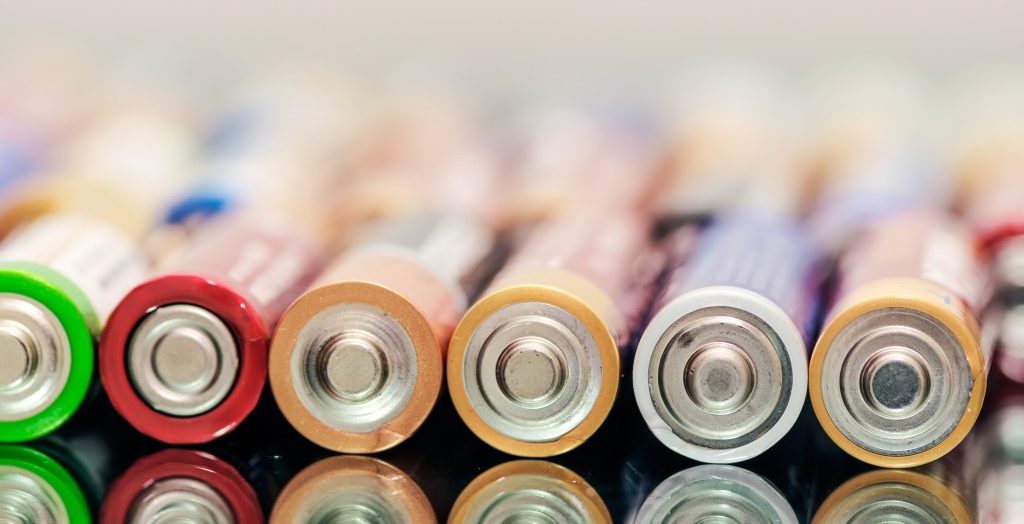
Whether you attended the Cobalt Conference in 2018 or not, you probably know that major consumers of cobalt are aching to forgo this metal. Telsa’s Elon Musk is perhaps one of the most vocal, declaring that the next-generation battery of his company’s electric cars will use no cobalt. In June, Musk tweeted that Tesla Model 3 batteries use less than 3% of this costly metal, which is considered a great feat.
Despite this achievement, experts believe the world isn’t going to have its first cobalt-free battery in the next 10 years at least. Musk’s bold declaration of next-gen technology isn’t exactly a pipedream, though. Many lithium-ion battery manufacturers today don’t use cobalt. Their products, however, tend to have low energy density and are less useful in many applications, including electric vehicles.
Why is it so hard to produce batteries with zero cobalt now? Here are some of the reasons:
Engineering
The last six years saw the drop in the use of cobalt by about 60%. This was made possible by the use of the nickel, cobalt, and aluminum (NCA) formulation. However, battery producers like Panasonic understand that reducing the cobalt content further will lead to a host of engineering problems.
Cobalt is chiefly responsible for extending the service life of the cell, which affects the overall capacity of the battery. The less cobalt used, the more the battery is likely to underperform and fail.
The use of cobalt also reduces the risk of combustion. More nickel has to make up for less cobalt, which increases the chances of cell overheating. Nobody wants to produce or buy anything with a battery that doesn’t cool itself effectively.
Cost

Cutting out cobalt can result in tremendous savings. After all, it’s the most expensive material in the battery, which is usually mined in controversial ways. Any company that manages to have high-performance batteries without any cobalt content can save money on production and public relations.
But considering the risks of skipping cobalt use, the measures necessary to offset these consequences aren’t going to be free. Special technology matters to prevent safety issues. For electric vehicles, a reliable battery formulation is important to meet warranty standards and avoid potentially costly replacement costs. Also, even the production of low-cobalt products requires special dry environments, which use capital too.
Time
Alternatives to cobalt batteries are being developed. The next generation Musk is probably referring to is perhaps the solid-state battery technology that uses a solid anode. The problem is that many of these innovations are still on the lab scale. A good case in point is the sodium-ion battery technology.
Researchers need to jump through a lot of hoops to create a commercially viable product. After the lab scale, the next steps are research, pilot testing, cathode testing, and then battery testing. The entire process can take about 10 years to complete. By the time the zero-cobalt battery technology is developed, there’s no telling how soon end-users would feel comfortable making the transition or adopting it.
Moving away from cobalt may be the end game visionaries like Musk have in mind but doing so isn’t practical at the moment. Until the battery technology evolves enough, we have to live with the good and the bad of using this metal to continue enjoying modern conveniences.






